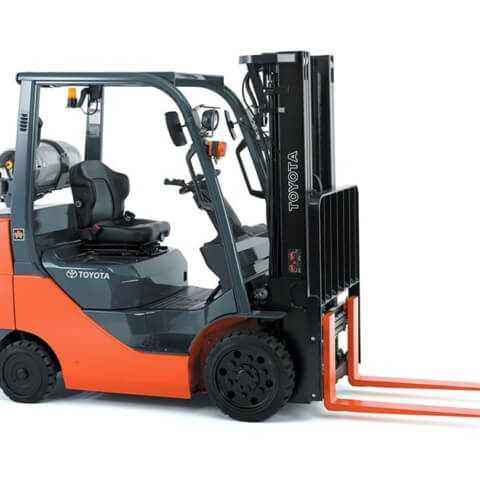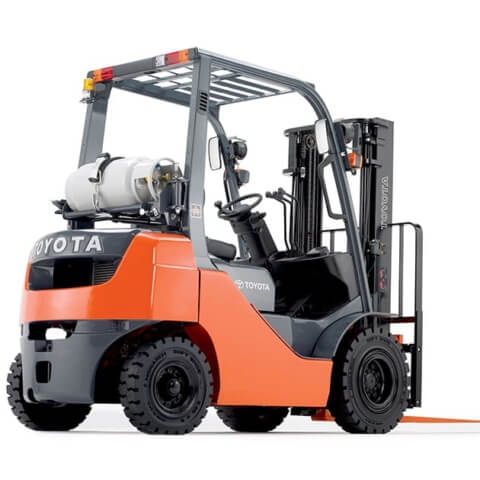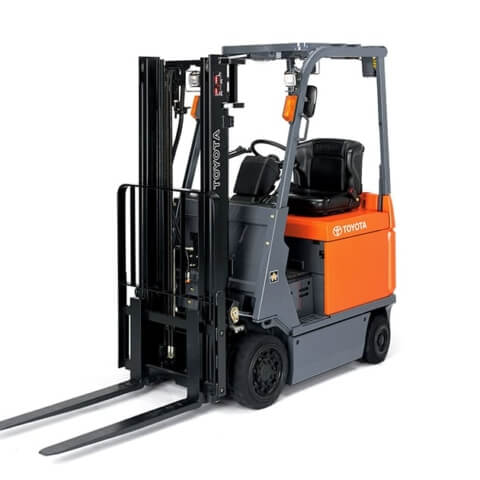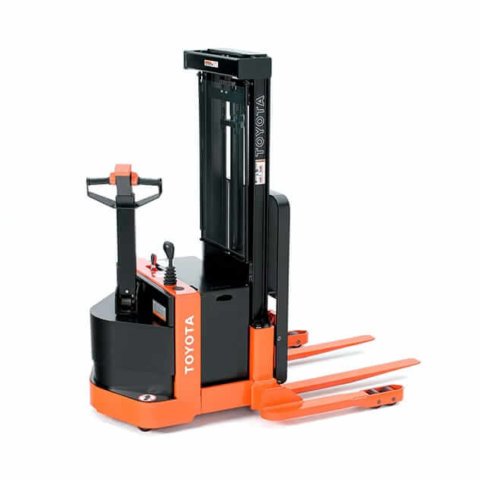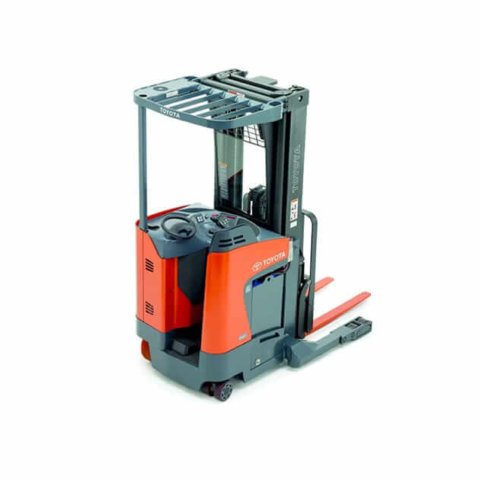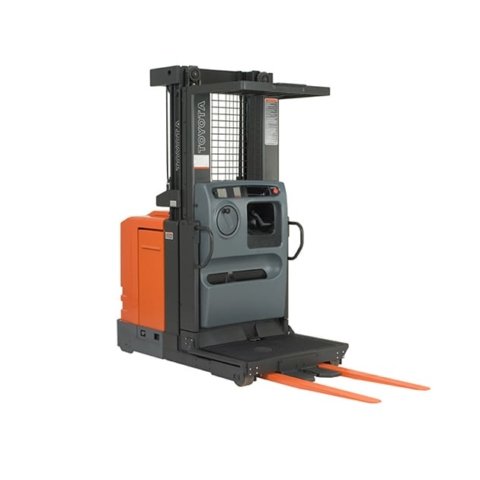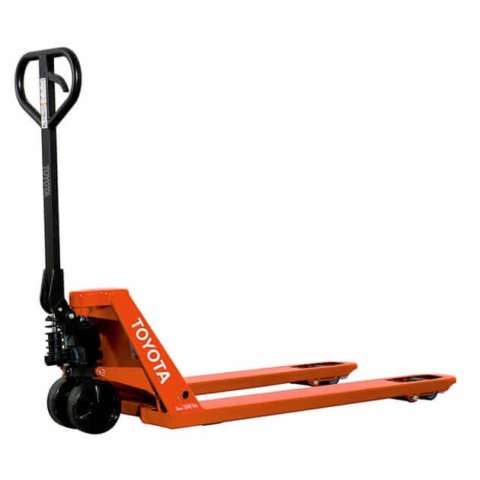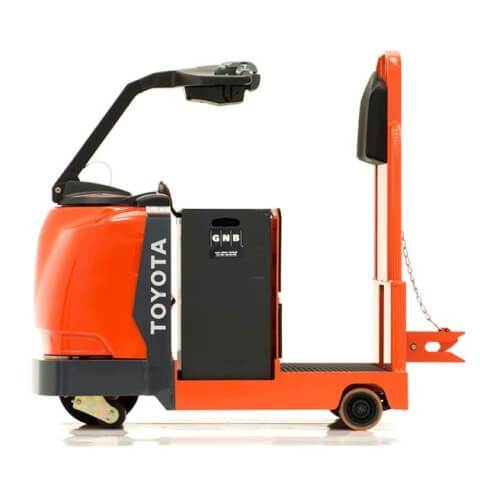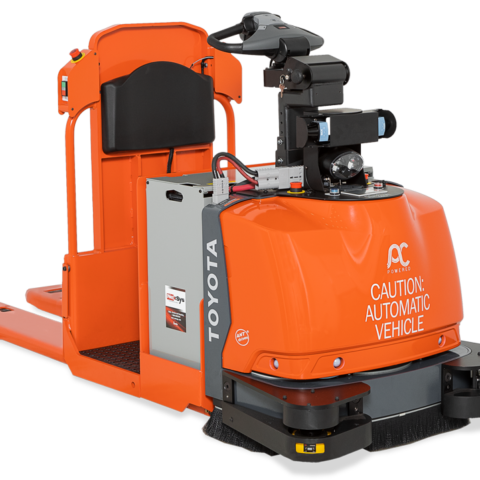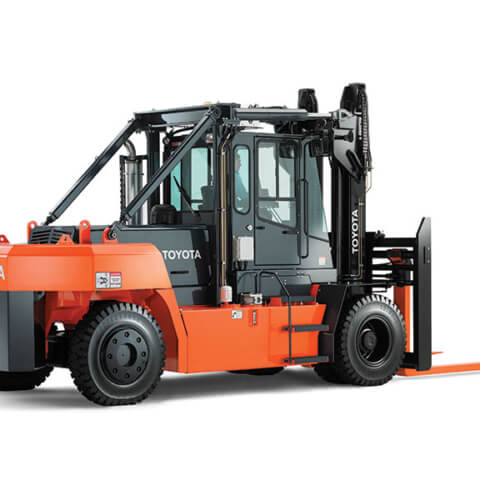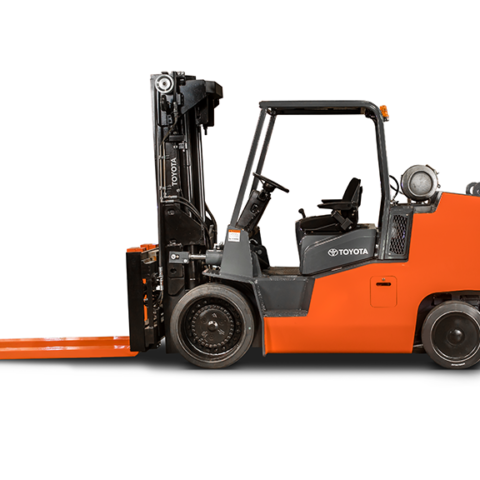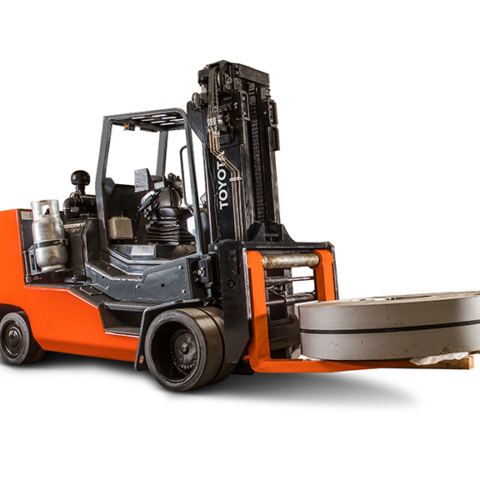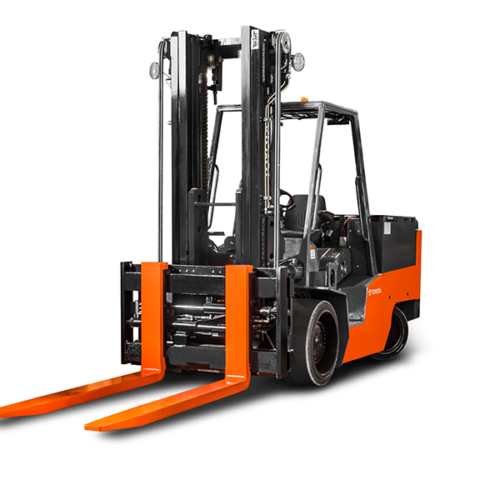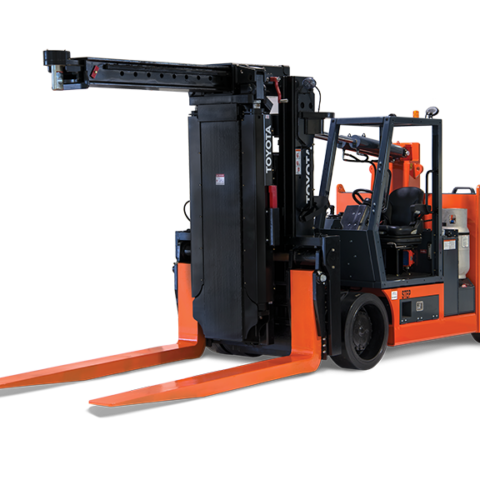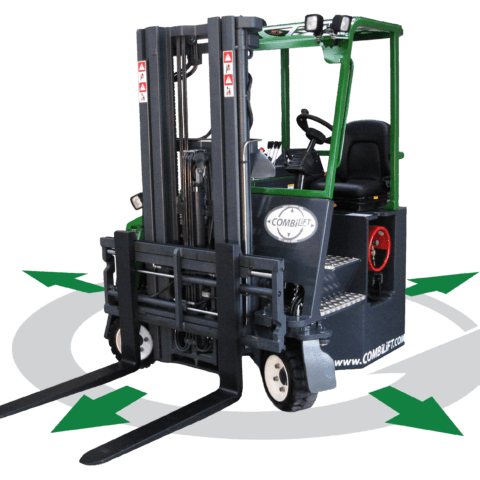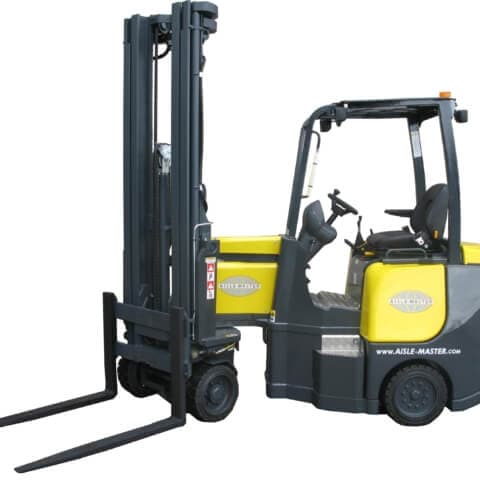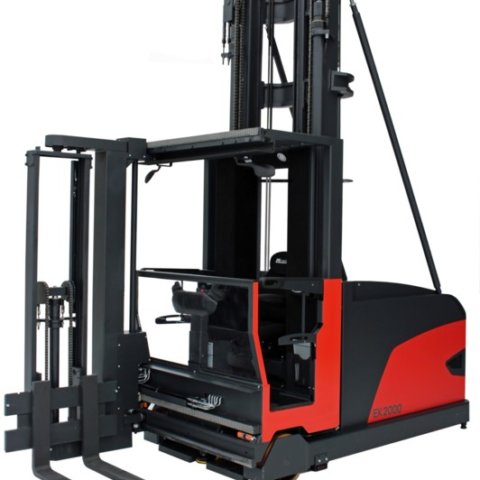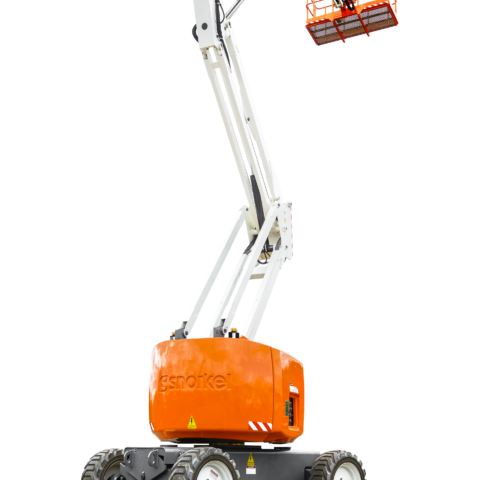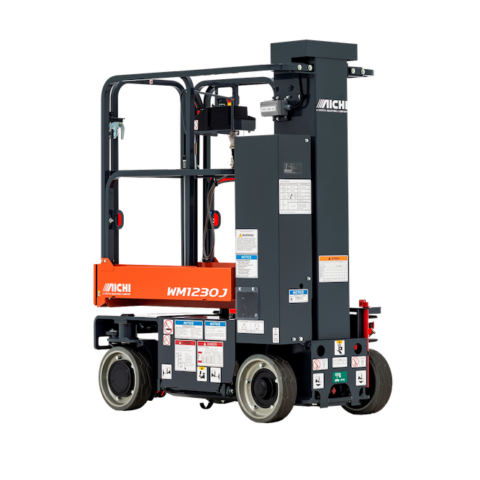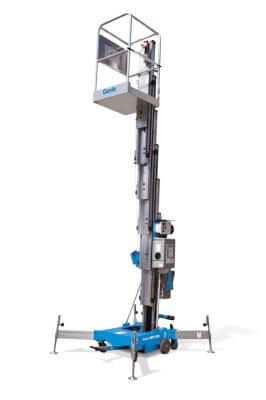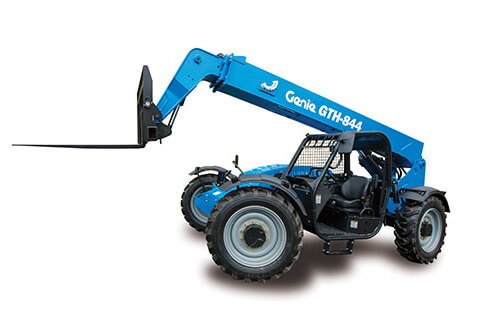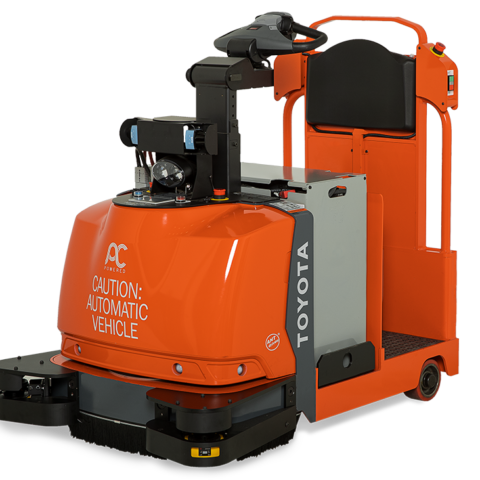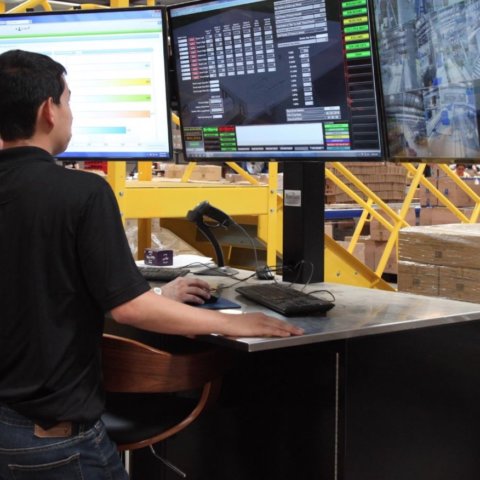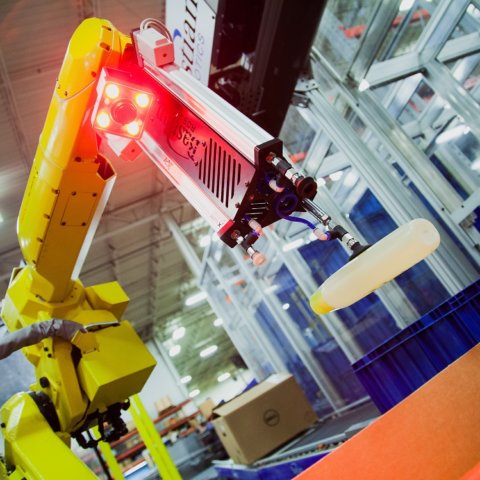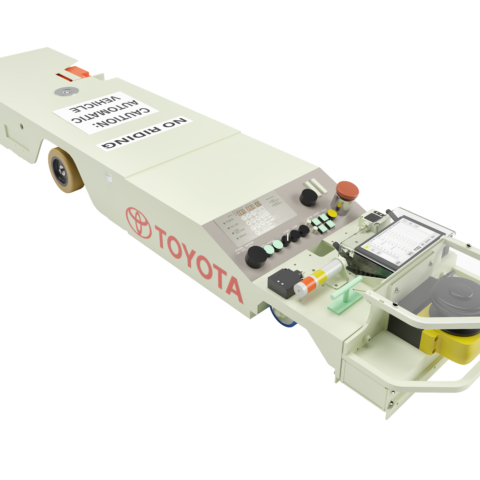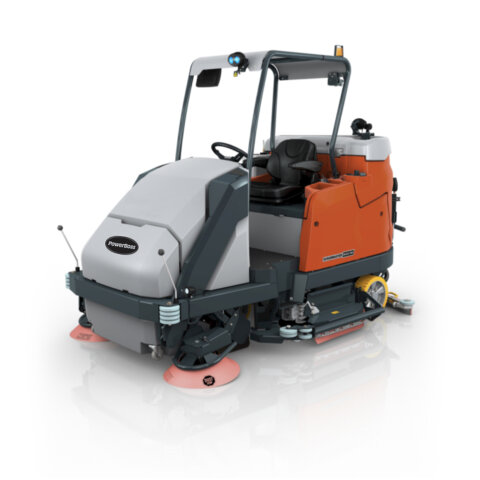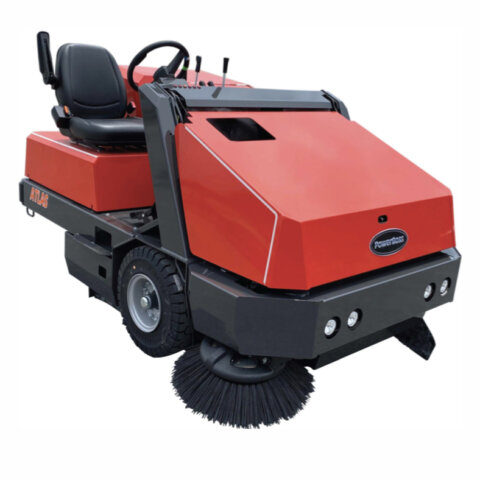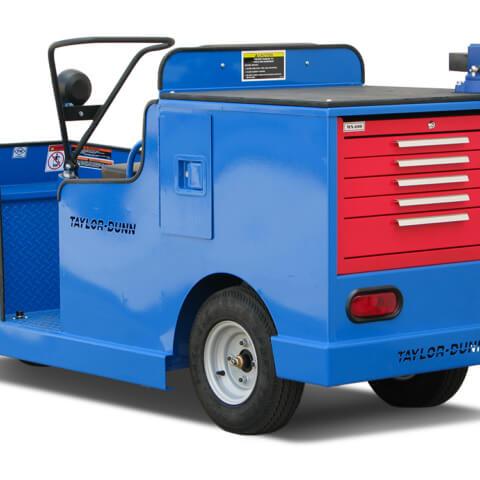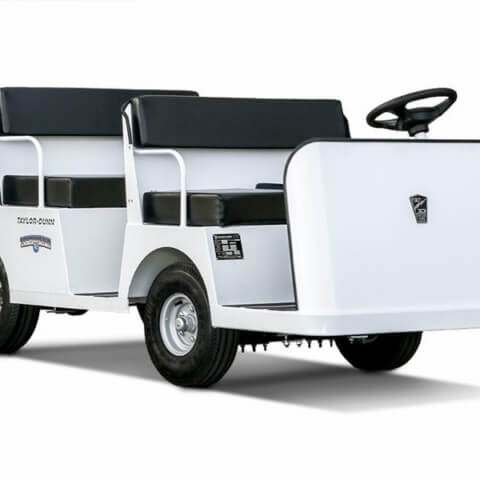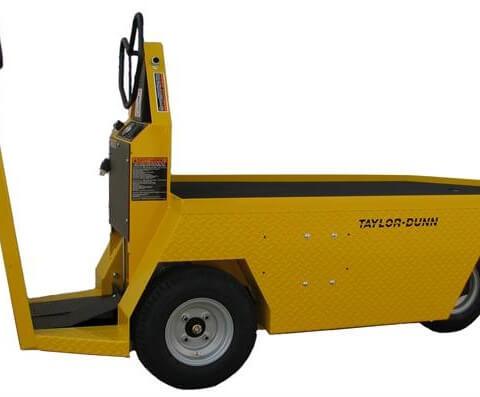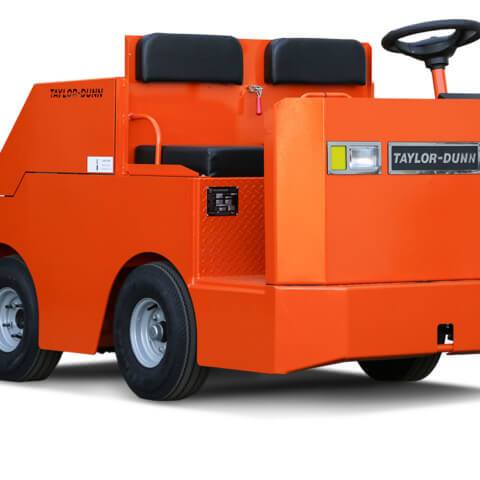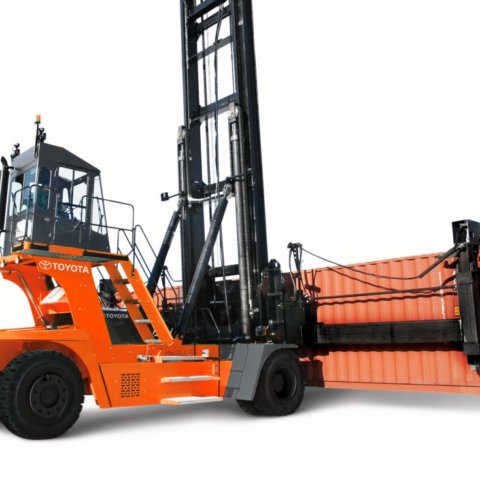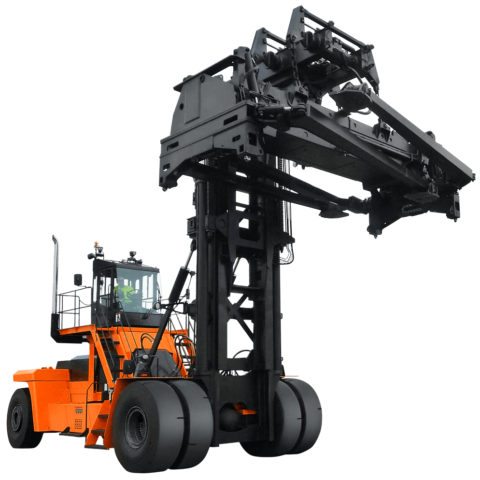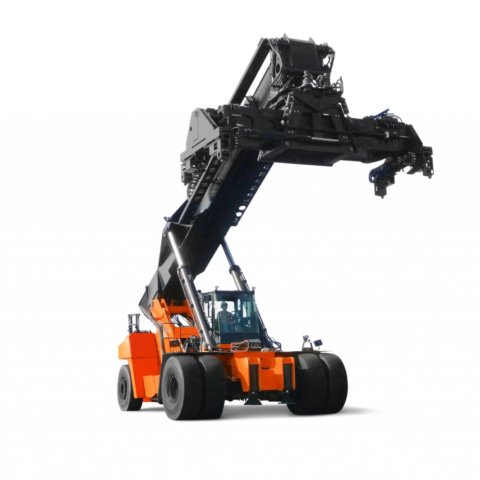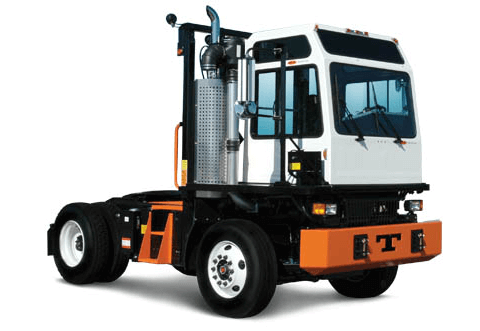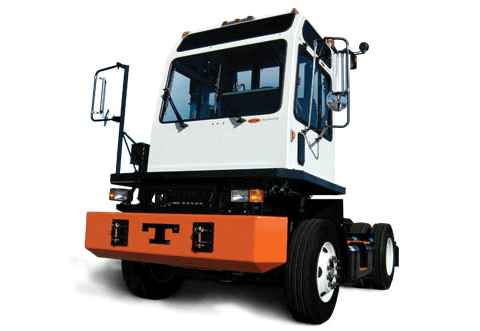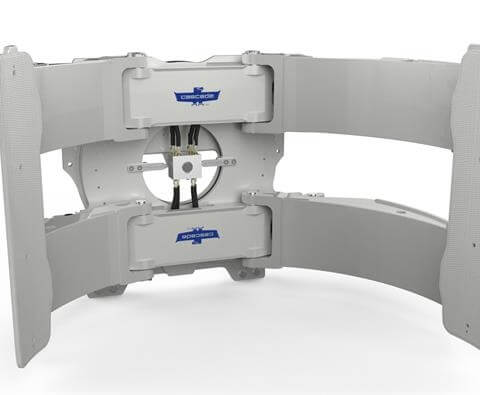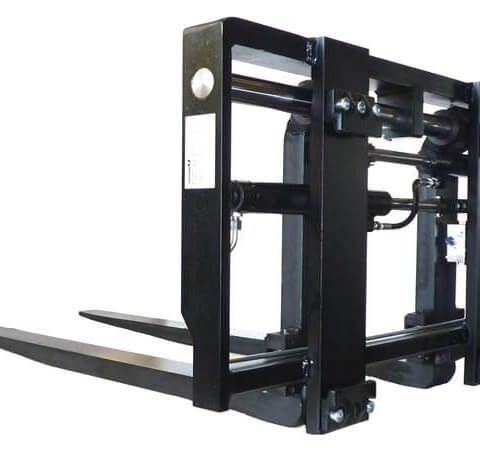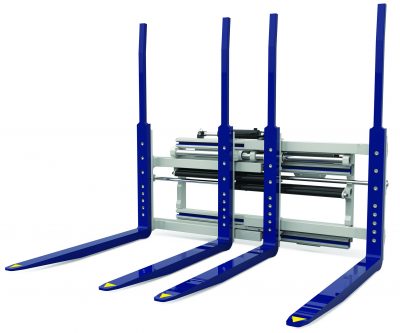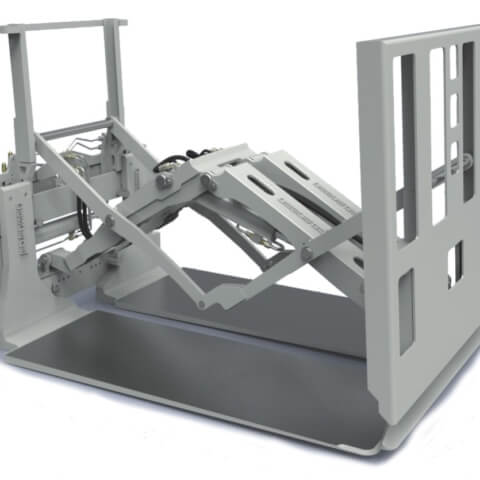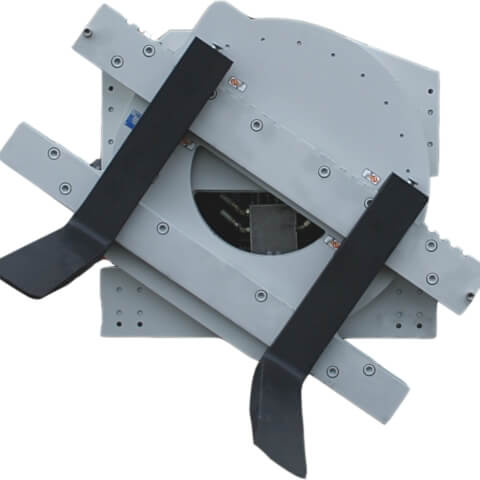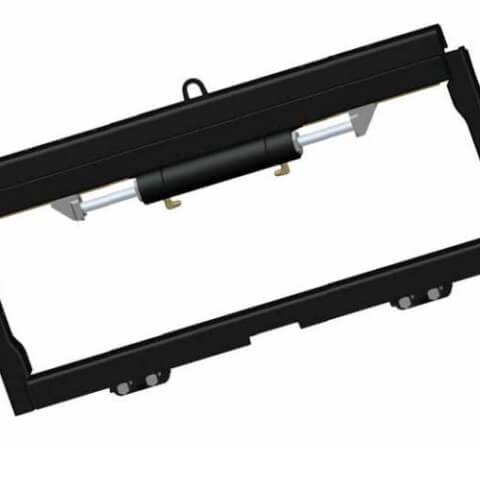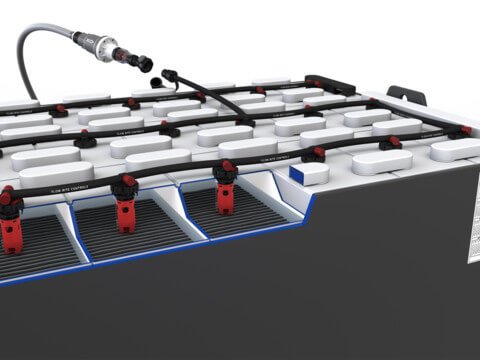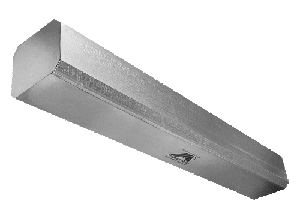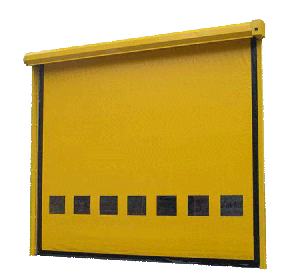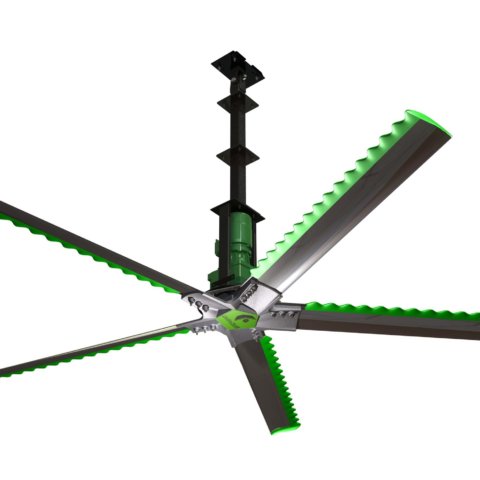
In charge of your company’s forklift training? ProLift’s train-the-trainer course offers a review of OSHA regulations, tips for conducting a class and training materials. SCHEDULE TRAINING
Your company lists safety as a top priority for employees. The commitment has been there for years, agreed upon throughout the workplace and supported by management. However, while you know that no one wants to be injured, the topic of forklift safety gets lost in the fast-paced work environment.
How can you enhance your current forklift safety training?
Forklift Safety: Designate Your Company’s Safety Team
It can be argued that forklift safety is everyone’s responsibility; however, designating a specific team will provide a place for the topic to be explored in depth. For this team to be successful, internal support must be provided.
- Budget funds specifically for the Safety Team, including train-the-trainer courses that increase their forklift knowledge
- Invest in classroom materials to use during training, especially those geared toward adult learners
- Encourage use of federal and local resources (i.e. OSHA sites, local trainings) by the Safety Team to promote continuous learning
- Empower the Safety Team to make and lead change in the workplace
Forklift Safety: Look & Listen for Improvement
To better understand the work environment, the Safety Team should conduct a workplace audit. An audit explores a typical production day and hazards faced by forklift operators and pedestrians.
- Interview employees about challenges with equipment, the facility, etc.
- Review recent and historical accident reports, noting trends
- Perform walk-around of the facility, looking for safety violations and/or hazards
- Observe current state of forklift operation
Forklift Safety: Highlight Accidents & Near Misses
Forklift accidents and near misses are opportunities to begin conversations with employees and management. By providing transparency on the cause of the accident or near miss, the Safety Team can give insight to employees on how to prevent it from happening in the future. It should be stressed that forklift guidelines are in place to get employees home safe to their families.
- Dispel myths and answer questions about forklifts with review of the operator manual
- Mention changes in the work environment and/or facility that affect forklift operation
- Equate product damage into dollars lost for the company
- Request additional budget funds for resolving immediate safety issues
Forklift Safety: Awareness is Ongoing
Simply writing a forklift safety program isn’t enough. The Safety Team must keep focus on the topic, stressing best practices as well as dangers to address. OSHA regulations also support continued awareness with their federal law requirements for forklift operators.
- Maintain employee training records, ensuring all forklift operators receive initial and refresher training
- Promote safety tips with signage, stickers, company newsletter, etc.
- Offer employee recognition – and compensation – for an excellent safety record
- Create a forum for employee suggestions and implement ideas
A forklift safety culture does not happen overnight. It takes employee commitment, budget funds, creativity and a passionate Safety Team. By combining knowledge and resources of your internal team and outside sources, a solid program can be built to keep your forklift operators and pedestrians safe.
Looking for a forklift Train-the-Trainer program or classroom training materials? Contact ProLift to speak to a safety specialist about our class offerings and online safety catalog.

